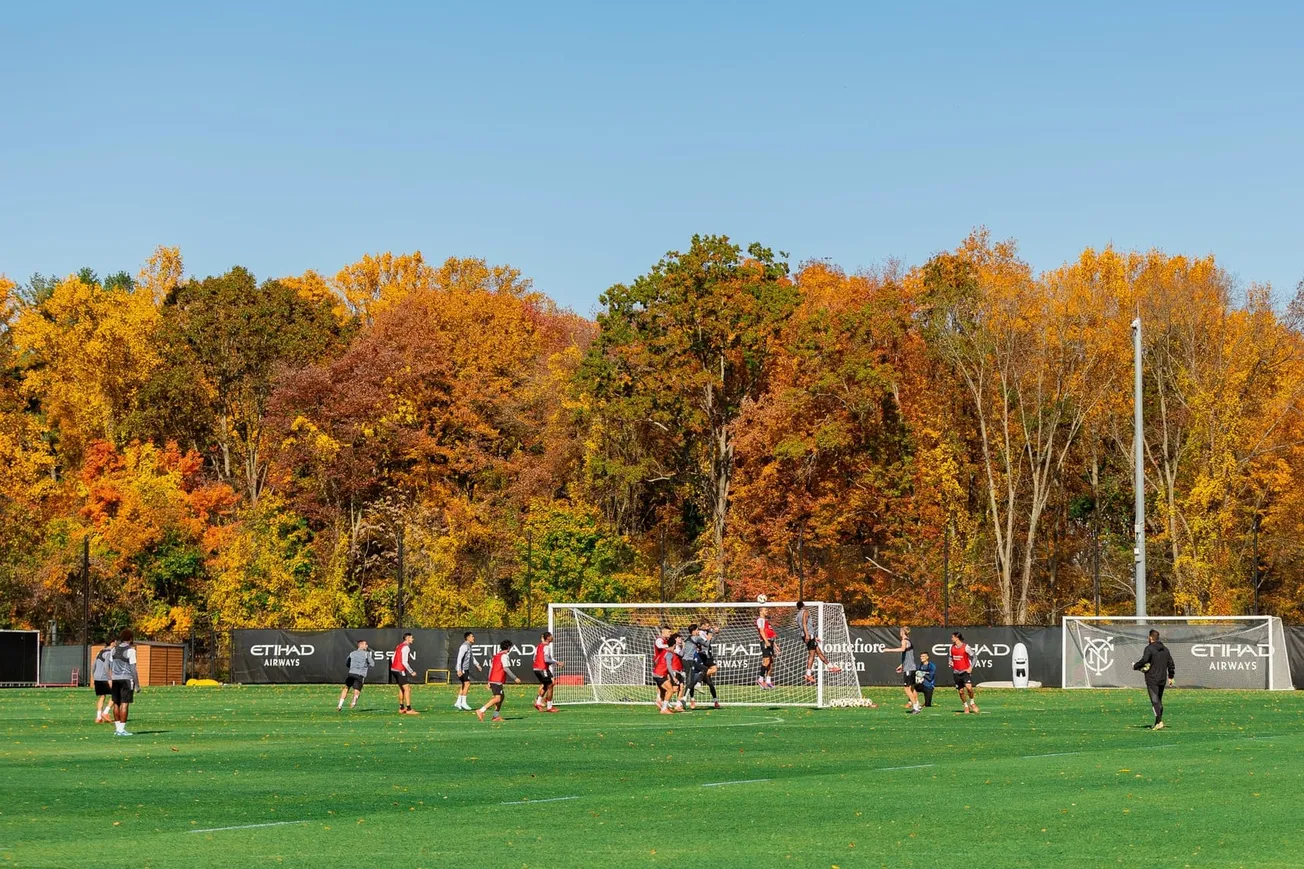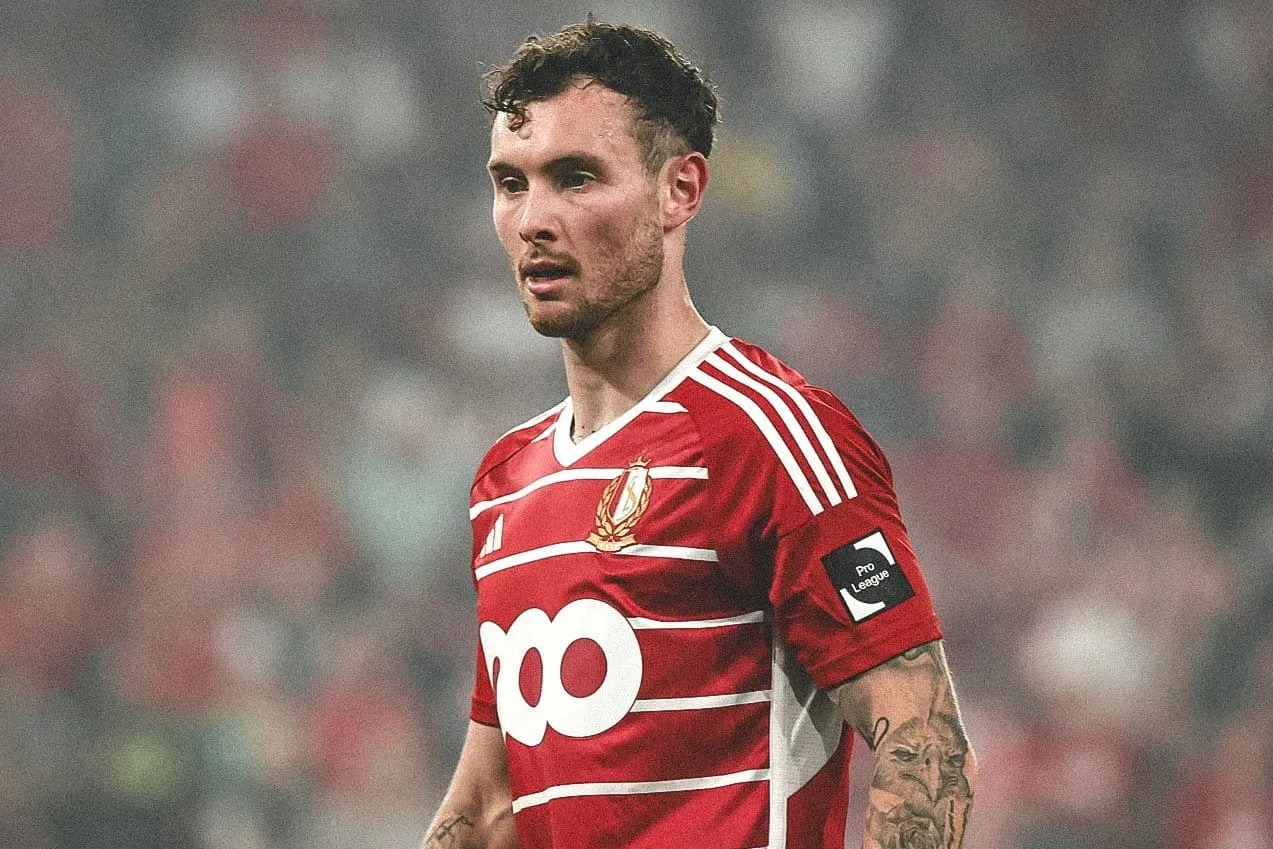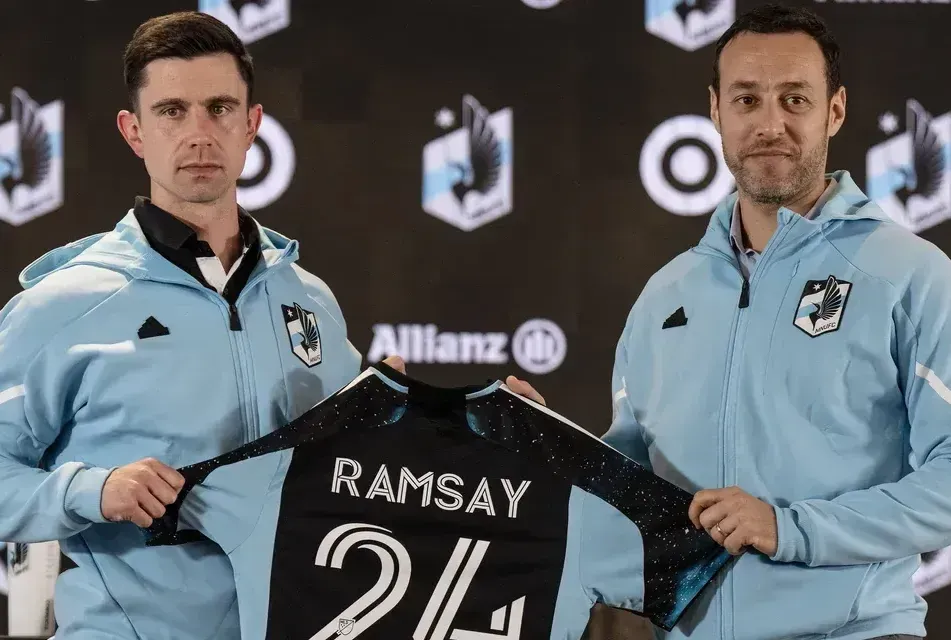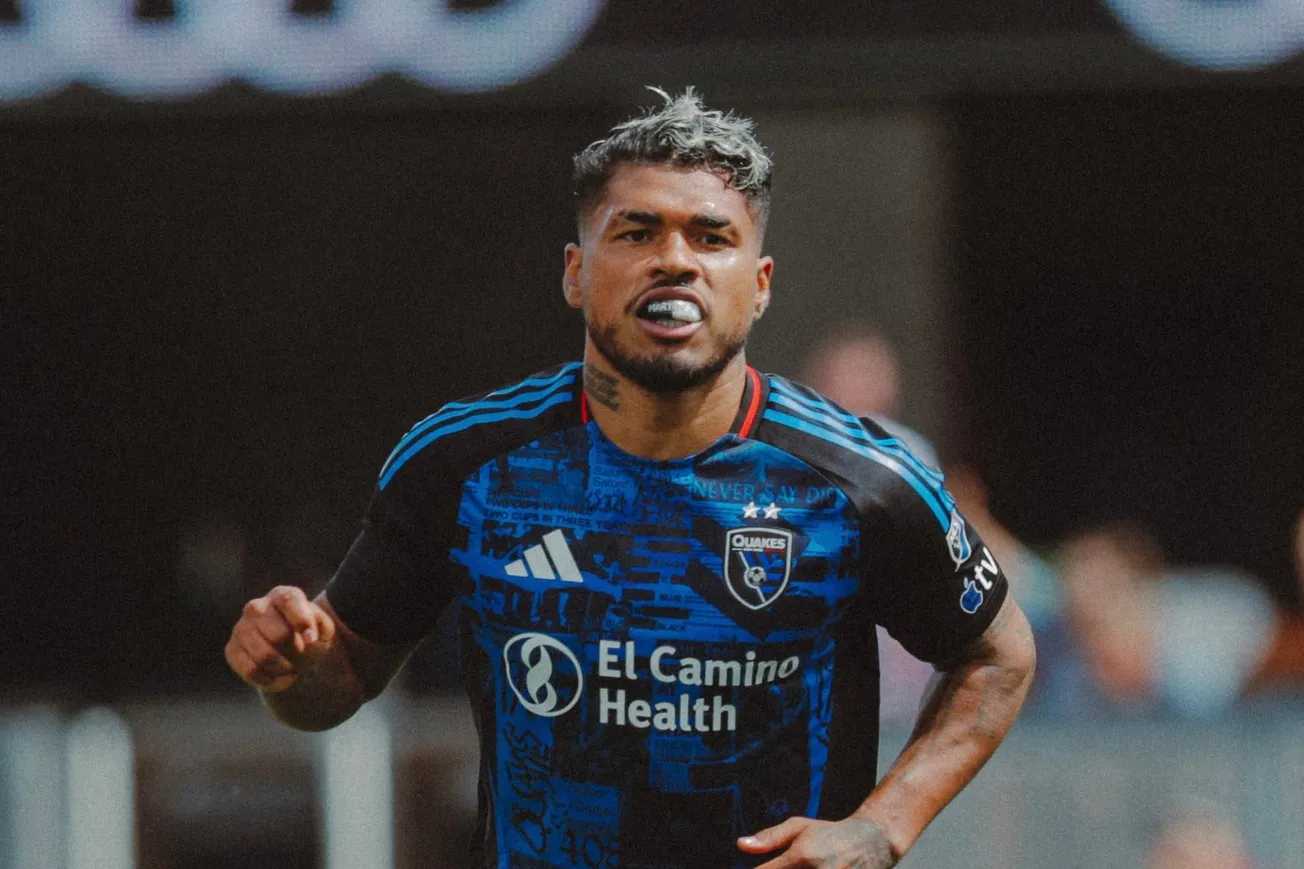Major League Soccer seasons soon might look entirely different, as the league is reportedly contemplating making a radical change to the schedule to coincide with the 2026 FIFA World Cup.
A few weeks back, Paul Tenorio of The Athletic reported that MLS is considering a switch to a fall-through-spring calendar that would see the regular season start in August and end sometime in May, with a weeks-long winter break built in to lessen the number of games teams play during the frigid months of December and January.
Henry Bushnell of Yahoo Sports has since shared more details about the league's potential new schedule, reporting that it will be a key agenda item discussed during upcoming MLS sporting and competition committee meetings later this month and that a decision on whether or not to change the schedule will likely be made by the spring of 2025.
That's because, as Bushnell reports, the 2026 World Cup is seen as the ideal time to change the league calendar. MLS is clear it will not play matches during the next World Cup, set to be hosted jointly by the United States, Mexico, and Canada. Brad Pursel, the senior vice president of MLS game schedule management, was quoted by ESPN as saying "For the World Cup in 2026 we will take a break. MLS will pause during that competition, but the length of that break is to be determined."
The reformatted MLS schedule being discussed would debut after the World Cup, which begins on June 11 and culminates with a Final played at MetLife Stadium on July 19, 2026. According to Henry Bushnell's reporting for Yahoo Sports, the league would "concoct some sort of one-off, three-month-long competition" to occur in the spring months of 2026 before the soccer world stops for the World Cup. Can you say, MLS Is Back Is Back?
It's unclear how much support this potential new schedule has across the 30 MLS teams, with today's Yahoo Sports report quoting one anonymous club official who put it at "50% at best" likely that the schedule will actually be switched to fall-to-spring.
One league executive who recently spoke positively about the prospect of MLS making big changes to take advantage of the opportunities presented by the World Cup coming to American shores: Brad Sims, the president and CEO of New York City FC.
When Sims spoke to Hudson River Blue and other members of the NYCFC-focused media in late September, he said that there's a desire across MLS not just simply to begin play in late February, take a break for the 2026 World Cup, and then pick the MLS season up as normal.
Sims said, "I think that there's an urgency around figuring out: What should we be doing differently, how should we be repositioning the league, the clubs, the player investment model, the competition format, everything is on the table in terms of: What should this look like? No one wants to just be like, let's start a season, have a break for the World Cup, and then finish the season."
"I think that we’ve got to have something different, something more exciting, something that they can capitalize on immediately, not wait until the following year, though, you know, we're going to wait for the stadium to open," said the New York City CEO.
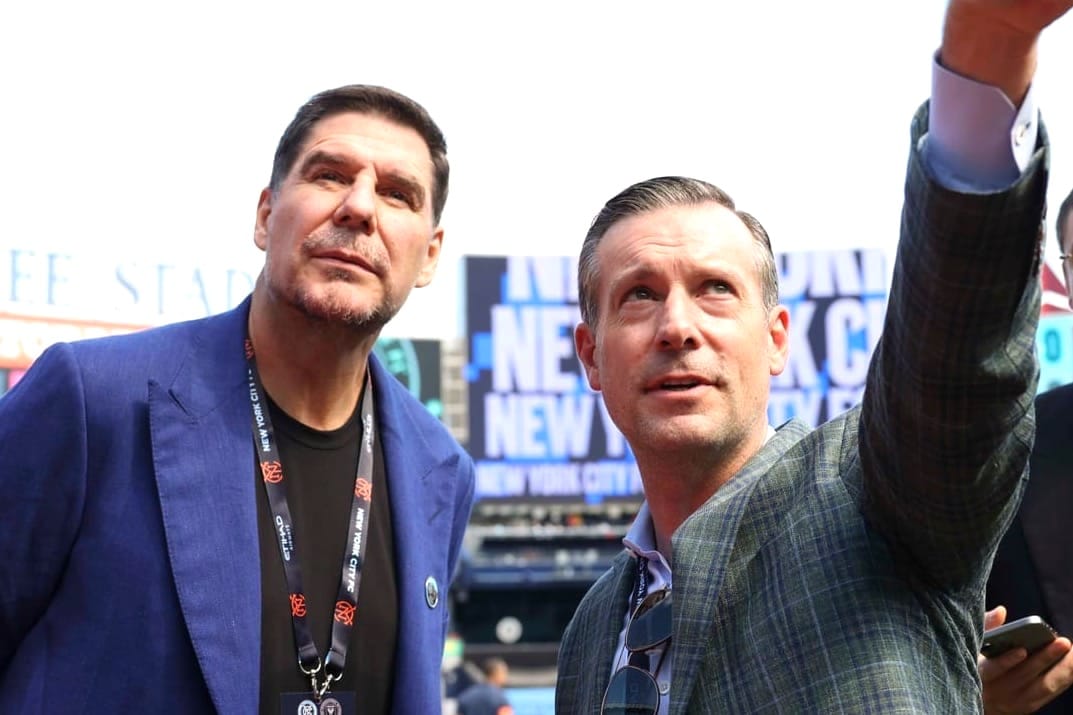
While Yahoo Sports reports that MLS team owners and business executives are split on the issue of changing the league calendar, Sims seems to fall into the camp that supports MLS shifting the schedule in 2026.
Let's quickly run through some of the pros, cons, and unanswered questions that linger around this hypothetical new MLS season setup.
Pros: Transfer window uniformity, playoff timing
The two most widely-mentioned positives when others have made the case for the new MLS calendar involve better synchronizing the league with the global transfer market and getting the MLS Cup Playoffs away from this extremely clogged portion of the American sports calendar.
MLS seasons are at their midpoint at the peak of the summer transfer season, MLS transfer windows don't close at the same time other international transfer markets tend to shut, thus adopting a calendar aligned with the biggest leagues in Europe would theoretically help MLS be more of a player when the most talent is moving around.
In an interview with HRB and other media from back in July, New York City FC's Sporting Director David Lee said the lack of alignment in timing between the MLS transfer windows and those overseas "creates some challenges to really participate in the global transfer market as much as we might like to."
The new calendar would mean MLS could more easily avoid conflicts with big FIFA international windows like the ones in the middle of the summer often occupied by major tournaments, or like the one right now in November that's forced the 2024 MLS Cup Playoffs to take a big two-week pause between matches, or 22-day pause in the case of Riqui Puig, a consummate Twitter poster who needs to set up his Bluesky, and his LA Galaxy.
Besides avoiding conflicts with international games, the calendar change also lets MLS avoid having its most significant games of the season competing for attention against the Major League Baseball postseason and the heart of the National Football League season.
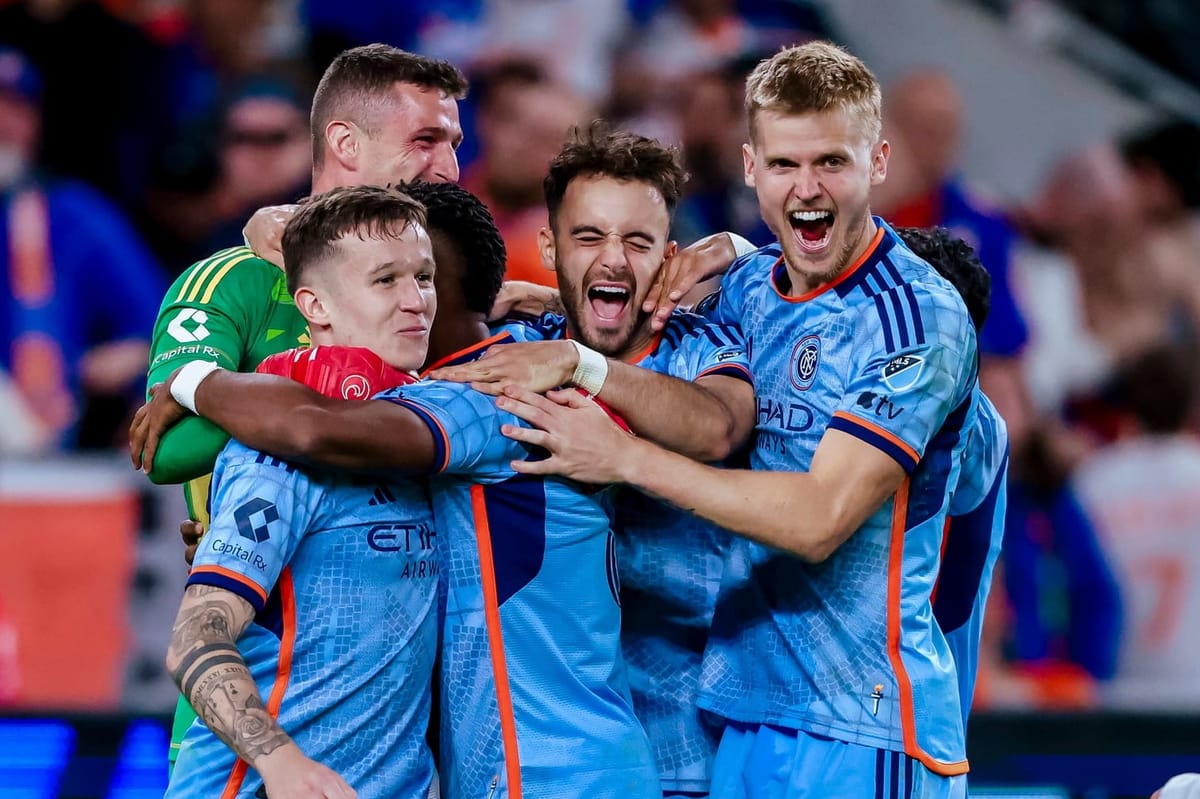
The downside of the MLS Cup Playoffs in late October was laid stark on the night of Monday, October 28, the so-called "sports equinox" when every major sports league in the country was playing games of varying importance.
To use our local team as an example, New York City's first playoff game in two years kicked off at 6:45 pm on "sports equinox" night. That meant the final minutes of the team's series-opening loss at TQL Stadium overlapped with part-owner/landlords the New York Yankees playing their first home World Series game in 15 years, as well as the start of the New York Giants game against the Pittsburgh Steelers in the NFL's marquee Monday Night Football game.
It’s an extremely tough task for the first full round of the MLS playoffs, the period when all of the 16 qualifying, non-Wild Card teams are still alive and in action, to compete for attention with the biggest baseball games of the year and the ratings juggernaut that is the NFL, still the country's most popular professional sports league by some margin.
If the MLS regular season ends in April and the MLS Cup Playoffs are held in May, the biggest games of the MLS season would face no competition from the NFL, meager competition from MLB regular season games, and the potential for a few overlaps with the early rounds of the NBA and NHL playoffs.
Cons: Winter weather, disjointed seasons
This proposed calendar shift would bring more regular season games to cold-weather parts of the year like October, November, December, and February. That's problematic because it tends to be very cold in those months in MLS markets like Minnesota, Chicago, Colorado, Montréal, and the like – people are used to attending American football games in the cold of fall and early winter, but MLS has forever been a summertime sport.
What will more games played in cold conditions do for ticket sales and revenues in markets that aren't located in warmer regions? Switching the timing of MLS seasons would represent a massive change for fanbases around the league, some who have been used to the league being summer-centric for nearly 30 seasons.
Then there's the proposed winter break, which in this revamped version of MLS, would reportedly last for up to five weeks and would let teams avoid playing during December and January. That setup is common in European soccer but doesn't have much of a precedent here in America.

The new Division One women's league, the USL Super League, is adhering to a fall-to-spring calendar similar to what MLS might aspire to, and is breaking up its schedule of games with a long winter break in the middle.
As a local example, Brooklyn FC – currently sitting atop the eight-team USL Super League table, shoutout to BKFC – play their final match of the Fall portion of the calendar on December 14, then doesn't return to action for Spring until February 22, a gap of 70 days between matches. How would that kind of lag be received by MLS fans, who have just recently started to get used to the month-long summer break in league play for Leagues Cup?
Unknowns: Cups, spending, and AppleTV
Speaking of Leagues Cup, the fate of that controversial new tournament seems unclear as it relates to this proposed schedule overhaul. Henry Bushnell of Yahoo Sports mentions the possibility of playing the tournament in January when, in this new reality, both MLS and Mexico's Liga MX would have openings in the calendar between the halves of their domestic seasons.
What would interest in this still-new continental tournament look like in the dead of winter, and if it's strategically held only in warmer southern, western, or Mexican cities? Would LigaMX agree and facilitate yet another change to its competitive schedule so soon after Leagues Cup launched? There's also the question of what this change could mean for MLS's participation in America's oldest cup competition, the Lamar Hunt US Open Cup – but that tournament carries with it its own large set of uncertainties.
An easy solution to the potential problem of "fan interest" in this new calendar reality could be pairing the new MLS schedule with a loosening of the league's rules around spending on players and roster construction.
If the goal is to align MLS with the transfer calendar and playing calendar most associated with the top leagues in Western Europe, shouldn't that alignment bring with it more spending to bring in better players and raise the quality present on each and every MLS roster?
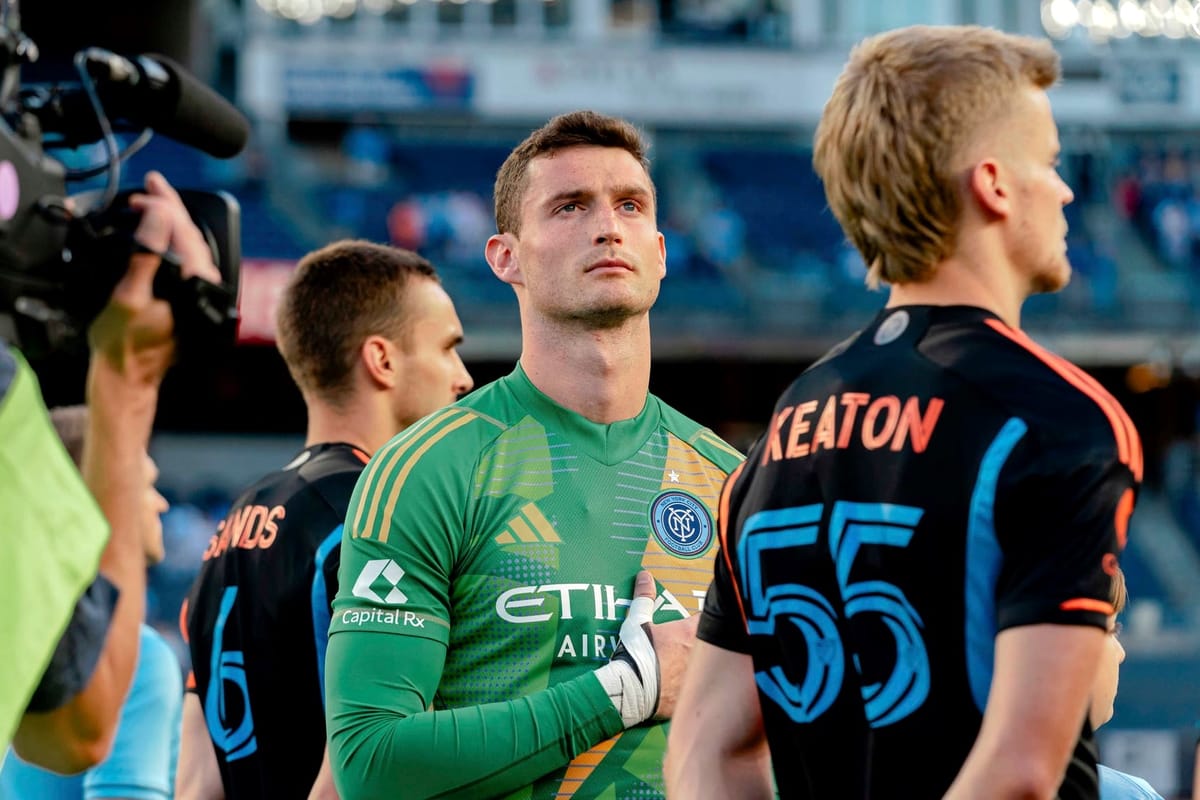
Talk of a great loosening of MLS roster rules also intensified around the time Lionel Messi arrived in South Florida, but the league so far has resisted calls to add additional Designated Player slots or remove more of the rails that prevent clubs from spending as they see fit on player salaries.
Another uncertainty appears to be what Apple thinks about the new schedule and how the league's broadcast or streaming partner plays into the league's near- and long-term planning. MLS is just about two years through its 10-year, $2.5 billion exclusive streaming agreement with Apple, but league commissioner Don Garber admitted in October that MLS has not yet crossed the threshold of new soccer subscribers needed to unlock a lucrative revenue share with Apple.
Garber, while speaking at the sports business conference Leaders Week London, said of the league's Apple subscriber base: "If it continues to grow, we're very much in the revenue share mode with Apple, and it will turn out to be one of the greatest deals in sports history. If we're wrong and the world doesn't go into the streaming environment the way we think it is, then you’ve just got to be smart, make a decision and if it’s not the right decision, you figure out what you need to do to go forward. But I am really bullish on Apple."
That introduces some uncertainty about if and for how long Apple will remain the exclusive streaming partner of MLS, as the 10-year agreement between the two parties is also reported to include an opt-out clause tied to MLS Season Pass reaching certain subscriber numbers.
Apple has already seemed to hold heavy sway with MLS when it comes to having nearly all matches kick off at night and at the same local time, usually 7:30 pm, in each market. How does this proposed new schedule work for the league's broadcast partner?
The local concerns
Here in New York City FC-land, the scheduling of home matches is a minor nightmare at any time of year and with any schedule format you could concoct – at least until 2027 when the team's new soccer palace in the Valley of Ashes will be fully constructed and ready to host matches.
In the nearest of near-term, switching the schedule to play more matches in New York City's fall months would likely pose problems for NYCFC's not-so-far-off 2026 season.
The new soccer stadium isn't supposed to be ready yet, and the scheduling of matches at both Citi Field and Yankee Stadium in October and November is not usually a straightforward task due to baseball playoffs, other scheduled non-baseball events, or planned stadium renovations or winterizations. Before the new stadium in Queens gets christened, it might be a season of increased nomadic activity for New York City FC.
In the long term, the Willets Point soccer stadium removes these scheduling headaches. The new stadium doesn't necessarily answer the question of how fans in this local market, or in any of the 29 other MLS markets, will respond when asked to turn out for games in colder conditions and at different times of year than when they're used to MLS occurring.
There are many, many variables at play as MLS considers making this schedule change, but more clarity on if it will happen and how it will work could begin to emerge as soon as next week when members of the league's leadership meet in Los Angeles.

